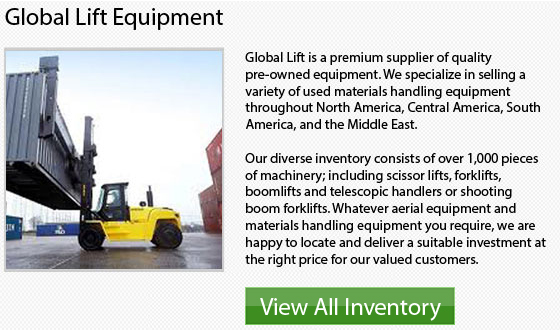
Forklift Battery Dangers
The main choice of lift trucks for many warehouses or supply outlets are electric models which are required to move equipment and heavy products into and out off storage. These devices are battery powered with big batteries allowing the lifting of heavy loads. Typically, warehouse employees are responsible for swapping out the batteries or recharging them during a shift. Even if these batteries have been designed and developed with safety at the forefront, there are still several issues a handler has to be aware of and stuff to be avoided when near the batteries.
Weight
Several forklift batteries can weigh as much as 2000 lbs. or 1 ton, depending upon the type. These extreme weights factors will require mechanical assistance to safely charge and change the battery. Approximately 50% of all injuries related to lift truck batteries are caused by incorrect moving and lifting these heavy pieces of machinery. Sometimes jacks, specialized carts, or even other forklifts are utilized in order to move and transport heavy batteries. The overall success of using these pieces of machine depends upon how the handler securely affixes the battery to the cart. Unfortunately, severe injuries can happen because of falling batteries.
There are strict protocols in the industry which describe when and how a lift truck battery should be charged. Nearly all companies have extensive policies and rules describing the safest way to remove the lift truck battery in an efficient and safe way.
Corrosives
It is important to know that lift truck batteries are filled with corrosive liquids which require correct safety precautions followed in order to handle them. Two of the most common types of forklift batteries include potassium hydroxide and sulfuric acid. These are both really corrosive materials that could cause chemical burns to the skin, hands, face and eyes.